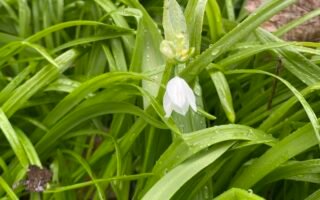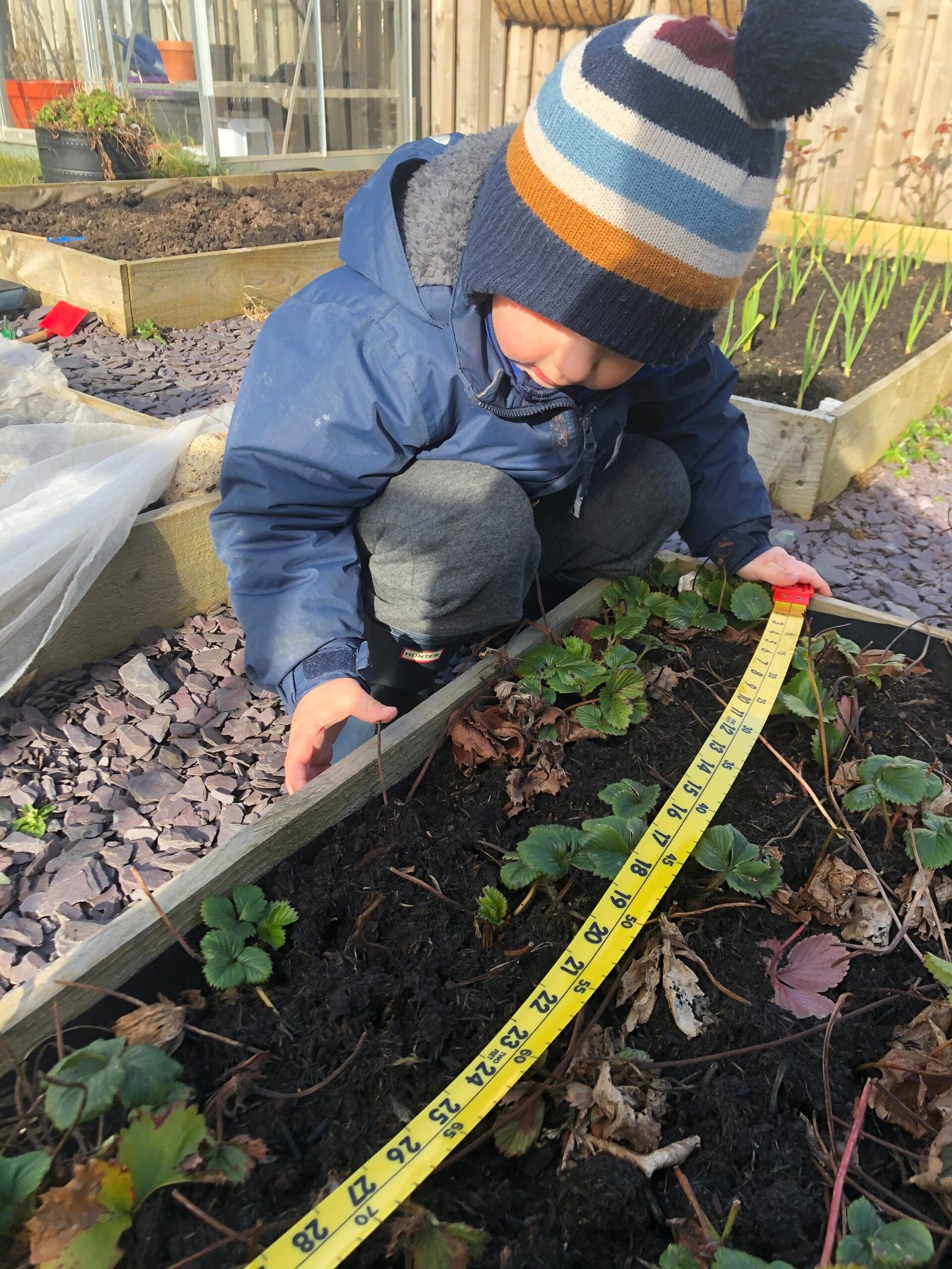
Within my small garden we are always a bit tight for space. I’ve tried growing my potatoes in the ground but I find them to be equally productive in containers so it’s an easy way for me to ensure that I can grow more of the things that I love.
A few things to bear in mind if you choose to do the same:
I have grown in a variety of large and small containers. Really you can do either; however, it’s important to make sure that the tubers have space to grow. If I pick a larger pot, I plant 2-3 seed potatoes and a smaller pot would only require 1. If you overload them, you’ll end up with lots of tiny potatoes, which isn’t really what we want.


For container growing, choose early or second early potato varieties. These varieties mature faster and are generally smaller, making them ideal for containers. My favourite variety to grow in containers is Charlotte but there are others too. Your local garden centre or allotment shop will be able to give you a sense of which ones do best for your area.

I tend to chit my potatoes first – this means that you let little sprouts grow by placing the potatoes in a cool but fairly bright location (out of direct sunlight). Many believe the chits give them a head start once they’re in the soil but opinion on this is divided so you do what works for you.
When it comes to planting them, place 2 or 3 seed potatoes on the compost surface, with the eyes or chits facing upwards. Cover with another 4-6 inches of compost. Once the leaves appear through the soil, top them up again and again until the pot is full.
Water the container well after planting. Potatoes need consistent moisture, especially during the growing period, so keep the compost moist but not waterlogged. I sometimes find that it helps to sink them into some soil and that way the roots can go down in search of the moisture they need. I sometimes add a granular organic potato feed to the soil/compost when I plant them but this is optional.
I don’t find that many pests bother my potatoes but it would be good to keep an eye on slugs and snails who won’t bother the foliage too much but they might lay eggs inside the pot. You’ll typically find them hiding under the lip of the pot or under the base if there’s some space for them. Blight can also be an issue, especially in damp conditions typical of the Scottish climate. Ensure good air circulation and remove any affected foliage promptly. I haven’t been bothered by blight before because I grow first and second earlies. Sometimes this means that you’re harvesting before blight can become an issue.


Potatoes are ready to harvest once the plants flower and the foliage starts to yellow and die back. For early varieties, this usually takes about 10-12 weeks from planting. Carefully dig into the compost with your hands or a small tool to avoid damaging the tubers. If you’re growing in a pot, you can often tip the pot out to see if potatoes have started to form. If not or if they’re small, you can always put it back into the pot. Being able to have this sneaky peak is also another advantage of growing in pots.

The only other piece of advice I would give is to make sure that your containers are in a bright spot, as potatoes need quite a bit of sunlight per day. Having said that, one of the benefits of growing in pots is that you can move them around depending on where you have the space.
If you haven’t grown potatoes before or if you struggle to find space for them, I hope that you give container growing a go. It’s great to be able to move them around and also recycle the soil once they’re finished growing! I tend to grow carrots or spinach in the compost once the potatoes are done.

Making use of containers in this way means that you can have fresh, homegrown produce even in a small garden space. Happy gardening!



